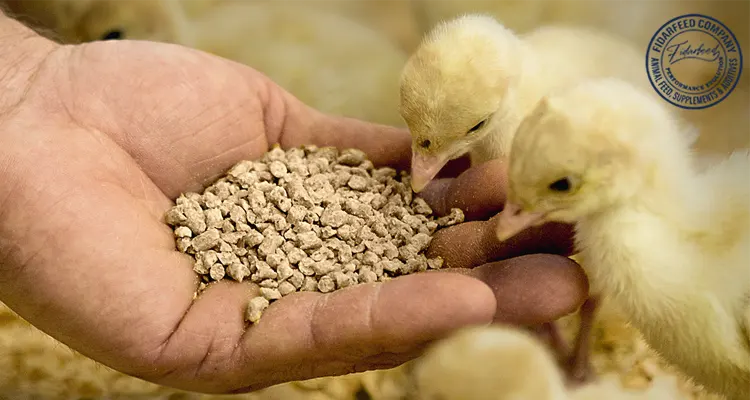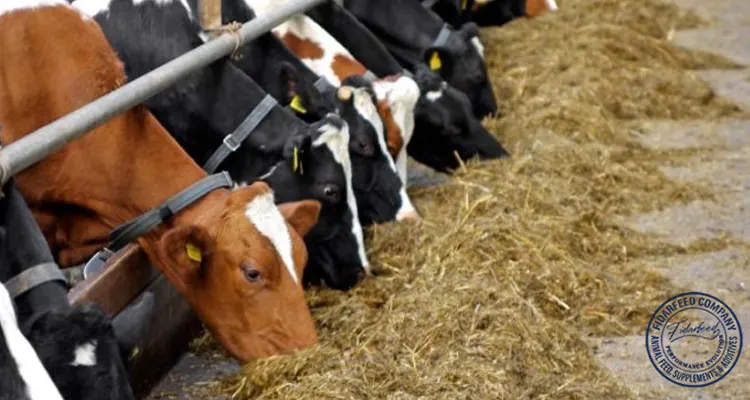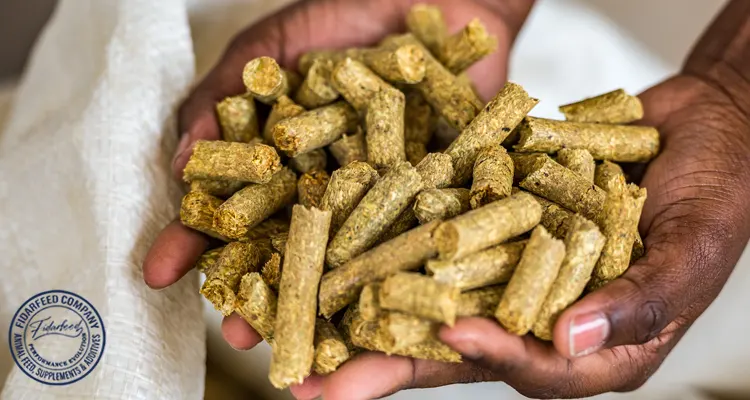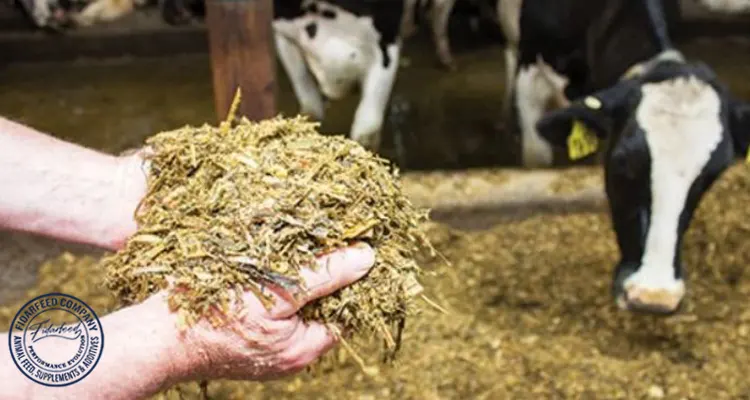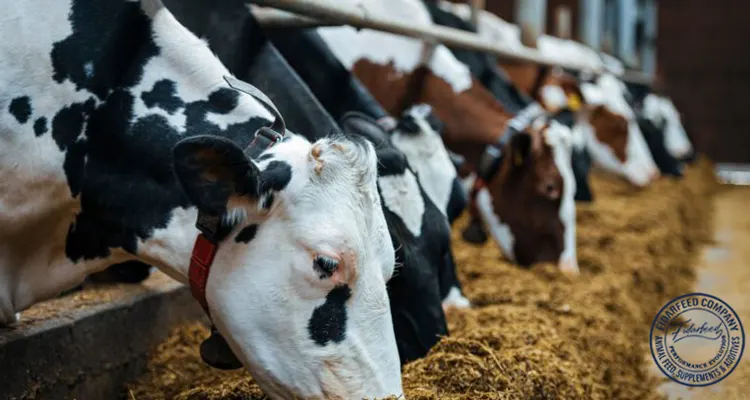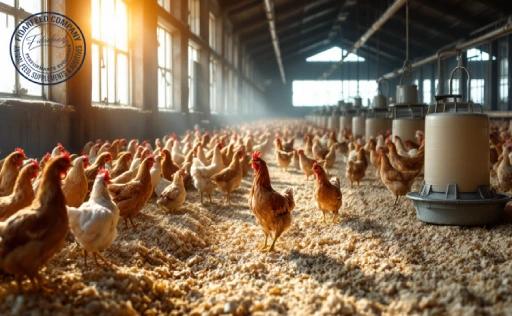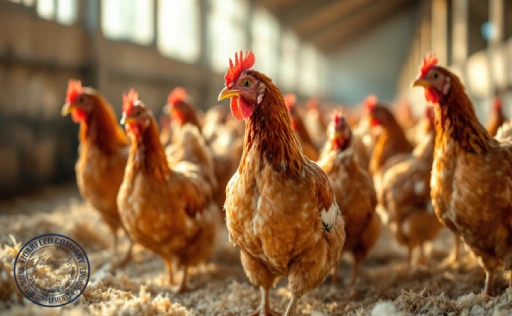Prepared Feed has revolutionized the way farmers nourish their animals. Whether you’re raising livestock, poultry, or aquaculture species, the right feed can make a world of difference. But why has it become such a popular choice? More importantly, is it the right option for you and your farm? If you’re a seasoned breeder or just starting out, this article will walk you through everything you need to know about prepared feed, why it matters, its benefits, and how it can transform your farm’s success. Let’s dive in.
What Is Prepared Feed and Why Does It Matter?
Prepared feed refers to nutritionally balanced, factory-manufactured feed products specifically formulated for various farm animals, including livestock, poultry, and aquaculture species. Unlike traditional feeding methods, relying on kitchen scraps, grains, or foraging, it is designed to meet the exact dietary requirements of each animal category.
Learn more about: Alternative Feed Ingredient
Why does this matter? Because your animals’ nutrition is directly tied to their health, productivity, and, ultimately, your farm’s profitability. A cow that lacks essential nutrients won’t produce as much milk. Chickens fed an imbalanced diet won’t lay as many eggs. And fish without the right feed won’t grow as fast. Prepared feed eliminates guesswork and ensures your animals get what they need every day.
The Key Benefits of Using Prepared Feed for Farm Animals
One of the main reasons farmers are shifting to prepared feed is the guaranteed nutritional balance. Experts and animal nutritionists develop these feeds using scientific data to ensure optimal proportions of protein, fiber, vitamins, and minerals.
Learn more about: Optimizing Poultry Diets: Processed Meat Meal in Animal Feed for Enhanced Protein
For livestock, such as cattle and goats, prepared feed can increase milk production and improve meat quality. Poultry farmers often notice better egg production, stronger eggshells, and faster weight gain in broilers. In aquaculture, the right feed promotes rapid fish growth, better disease resistance, and higher survival rates.
Consistency is another major benefit. Unlike home-mixed or foraged diets, it delivers uniform quality and nutrition in every batch. This consistency helps maintain animal health and performance, reducing the risks associated with dietary fluctuations.
How Prepared Feed Enhances Animal Health and Productivity
Farm animals need more than just calories. They require precise amounts of amino acids, trace minerals, and vitamins for optimal growth, reproduction, and immunity. Prepared feeds are fortified with these essential nutrients in forms that animals can easily absorb.
Take dairy cows, for example. Research published in the Journal of Dairy Science shows that cows fed high-quality prepared rations produced significantly more milk with higher butterfat content compared to those on traditional diets. Similarly, broiler chickens on balanced prepared feeds reach market weight faster and show improved feed conversion ratios, according to a 2023 study by the World Poultry Science Association.
Learn more about: Did You Know Livestock Productivity with TMR Silage Can Double?
Prepared feed often includes added probiotics and enzymes that promote gut health. This leads to better digestion, improved nutrient absorption, and reduced health problems like bloating or diarrhea. Healthy animals are more productive animals, and that’s the goal of every successful farm.
Cost-Effectiveness: Is Prepared Feed Worth the Investment?
At first glance, prepared feed might seem more expensive than home-grown alternatives or forage. But when you consider the long-term return on investment, it’s often the smarter choice.
Learn more about: Wholesale & Retail Ready-Made Animal Feed at Competitive Prices
Prepared feed leads to faster growth rates, higher production (milk, meat, eggs, fish), and fewer health issues. Healthier animals mean lower veterinary costs and reduced losses from disease. For example, a poultry farm that switched to a high-quality prepared feed mix reduced its mortality rate by 15%, saving thousands in potential losses while increasing egg output by 20%.
Additionally, prepared feed helps optimize feed conversion ratios. This means you get more output (milk, meat, eggs) for every kilogram of feed consumed. Over time, the efficiency and productivity gains often outweigh the upfront costs.
Choosing the Right Prepared Feed for Livestock, Poultry, and Aquaculture
Not all prepared feeds are created equal. Choosing the right one depends on your specific animals, their life stage, and your production goals.
For livestock like cattle or sheep, look for feeds tailored to their age, whether they’re growing, lactating, or being finished for market. Protein content and energy density should align with their physiological needs.
Poultry feeds vary greatly. Layers need a calcium-rich formula to support eggshell formation, while broilers require energy-dense, high-protein diets to fuel rapid growth.
Learn more about: Can Probiotics Really Boost Fish Growth in Aquaculture?
For aquaculture, feed selection is critical. Different fish species have unique dietary needs. Carnivorous fish, like salmon, require high-protein diets, while tilapia thrive on more plant-based options. High-quality aquaculture feeds also float or sink at appropriate rates, depending on the species’ feeding habits.
Always source prepared feed from reputable manufacturers. Look for transparent labeling, quality certifications, and proven results.
How Prepared Feed Supports Sustainable and Efficient Farming
Sustainability matters more than ever. Prepared feed plays a vital role in responsible farming practices by reducing waste and improving efficiency.
Balanced diets lead to better digestion and nutrient absorption, which reduces the amount of undigested waste excreted by animals. This translates to lower environmental pollution, whether it’s greenhouse gases from cattle or nitrogen runoff in aquaculture systems.
Learn more about: Revolutionizing Animal Feed: Lowering Costs Through Upcycled Food Waste
Many feed producers now use sustainable ingredients, such as plant-based proteins or responsibly sourced fishmeal. Some also incorporate by-products from other industries (like brewery grains) to minimize waste.
Efficient feed use reduces your farm’s environmental footprint while maximizing production—a win-win for both your bottom line and the planet.
Making the Switch: Tips for Transitioning to Prepared Feed
If you’re considering switching to prepared feed, do it gradually to avoid stressing your animals’ digestive systems.
- Start slow. Mix small amounts of the new feed with their current diet and gradually increase the ratio over 7-14 days.
- Monitor closely. Observe their appetite, behavior, and output. Look for signs of stress or digestive upset and adjust the transition pace if necessary.
- Seek advice. Work with a nutritionist or feed supplier to develop the best strategy for your animals and farming goals.
Learn more about: How Enzymes Enhance Protein Absorption from Alternative Animal Feeds
Conclusion
Prepared feed offers farm animals, whether livestock, poultry, or aquaculture, a balanced, efficient, and health-boosting diet. By investing in quality nutrition, you’re setting your animals up for better productivity, improved health, and longer lifespans. In return, your farm becomes more profitable, sustainable, and manageable.
Are you using prepared feed on your farm? Thinking about making the switch? Share your experiences or ask any questions in the comments below. We’d love to hear your thoughts!

